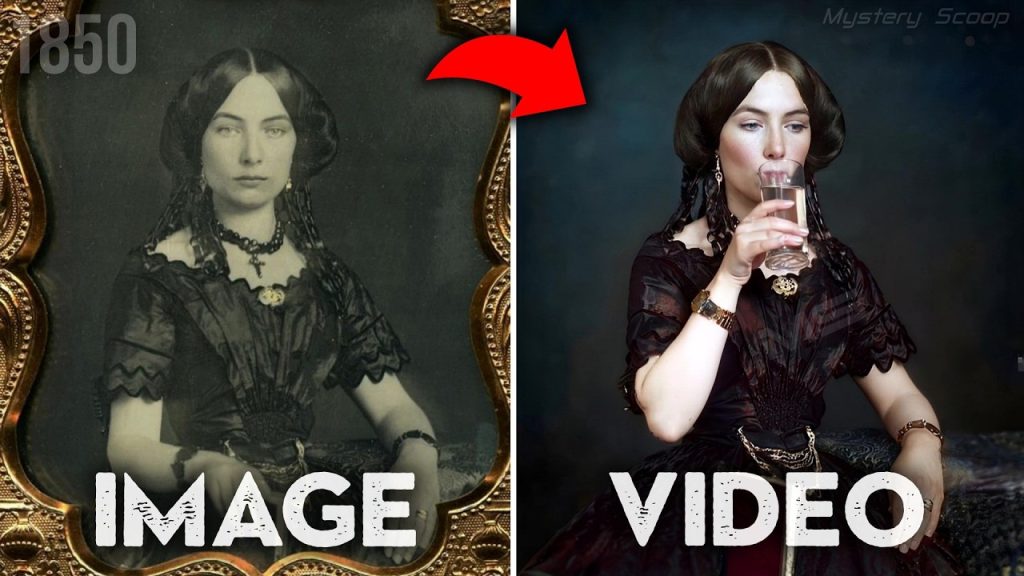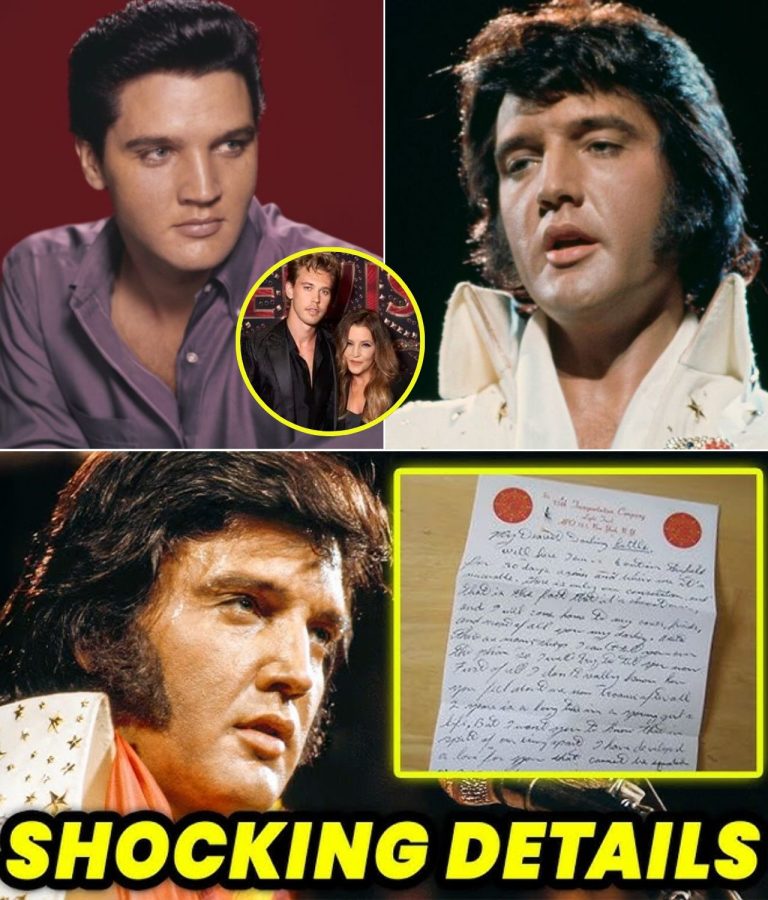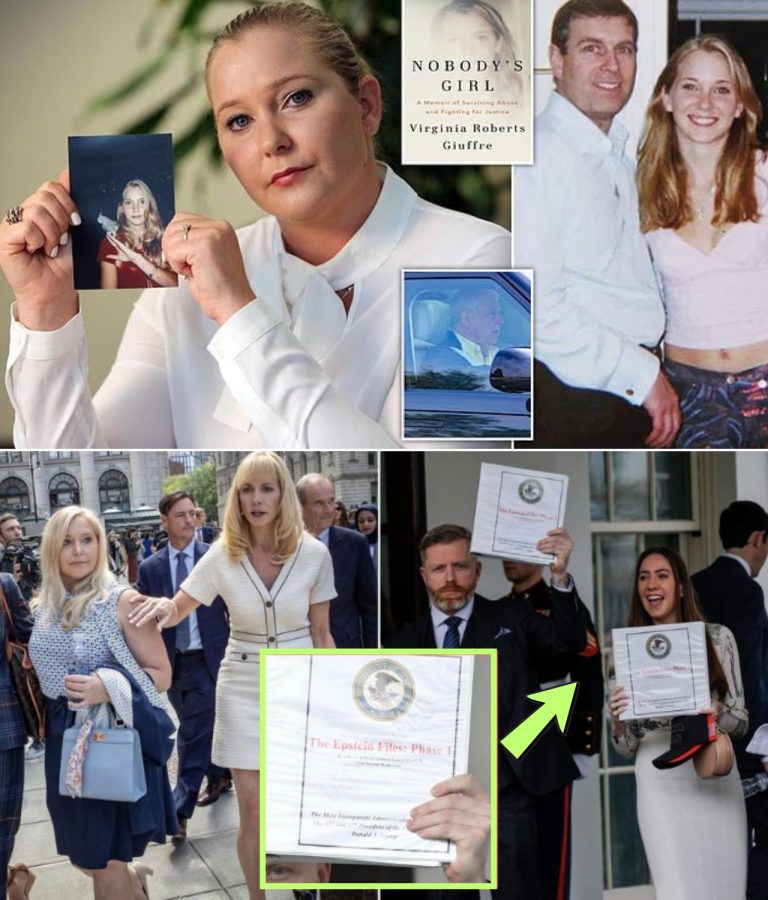History has a unique way of coming alive, and with the aid of modern technology, we can now explore the lives of historical figures who have shaped the world. In the latest installment of “History Brought to Life with AI Magic,” we delve into the stories of three significant personalities: Johannes Brahms, Emiliano Zapata, and Ned Kelly.
Johannes Brahms, born in 1833, was an esteemed German composer, pianist, and conductor whose work has left an indelible mark on classical music. Renowned for his symphonies, concertos, and chamber music, Brahms’s compositions are celebrated for their romantic warmth and classical structure. He was a prominent figure in the “War of the Romantics,” a cultural clash that pitted conservative composers like himself against the more radical New German School, led by figures such as Franz Liszt and Richard Wagner. Brahms’s legacy continues to resonate within the classical music community, reflecting a rich fusion of tradition and innovation.
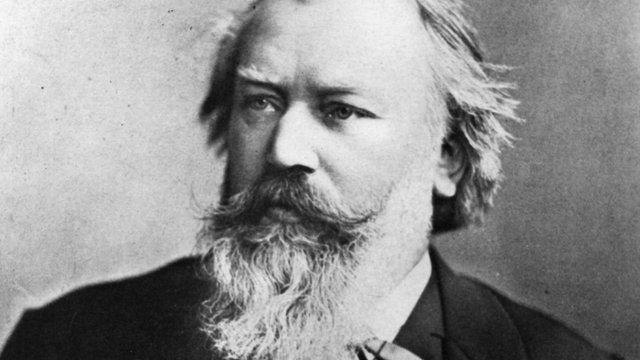
Shifting focus to Latin America, Emiliano Zapata emerges as a key figure in the Mexican Revolution, advocating fiercely for agrarian rights and land reforms. A striking image from 1918 captures him as the leader of the Liberation Army of the South, championing the cause of land redistribution for the peasantry. Zapata’s efforts inspired the agrarian movement known as “Zapatismo,” and his legacy endures as a potent symbol of resistance and social justice in Mexico. Tragically, Zapata was ambushed and 𝓀𝒾𝓁𝓁ed at the young age of 39 by government forces in Morelos, but his ideals continue to inspire movements for social equity to this day.
Meanwhile, in Australia, the infamous bushranger Ned Kelly, born in 1854, carved out a legacy as a symbol of resistance against British colonial authorities. Leading the Kelly Gang, Kelly’s criminal exploits included daring bank robberies and fierce confrontations with the police. His defiant spirit is captured in a poignant image taken on November 10, 1880, just a day before his execution following the dramatic Glenrowan siege. Kelly’s story resonates as a narrative of rebellion and the struggle against oppression, cementing his status as a folk hero in Australian history.
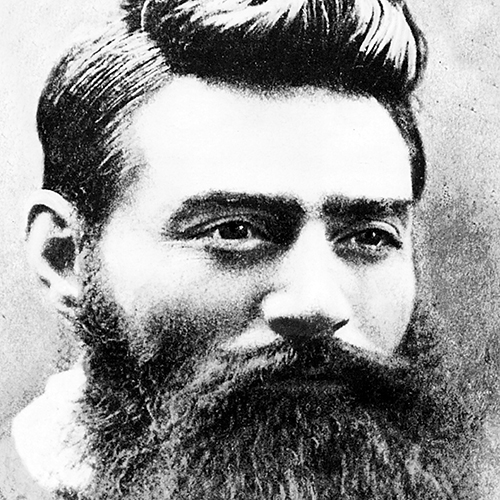
Additionally, the program highlights the cultural richness and challenges faced by Indigenous peoples. A striking photograph taken by Walter McClintock in the early 1900s features a Blackfoot Native American girl, showcasing the traditional lifestyle of the Blackfoot Nation in the Northern Great Plains. Known for their nomadic existence, the Blackfoot people faced significant pressures from European settlers, resulting in loss of land and forced assimilation into a rapidly changing society.
Further exploring the theme of resilience, the program presents a photograph of Geronimo, a prominent Apache leader renowned for his fierce resistance against both Mexican and U.S. expansion into Apache lands. Captured in 1898, Geronimo’s legacy symbolizes the struggle of Native American tribes during the era of westward expansion. After years of conflict, he surrendered in 1886 and lived the remainder of his life as a prisoner of war until his death in 1909. His story remains a powerful testament to the enduring spirit of Indigenous peoples.
Through the lens of AI, “History Brought to Life” invites us to reflect on these complex narratives, reminding us of the rich tapestry of human experience woven throughout history. As we engage with the past, we gain insights that can inform our understanding of the present and shape our aspirations for the future.
